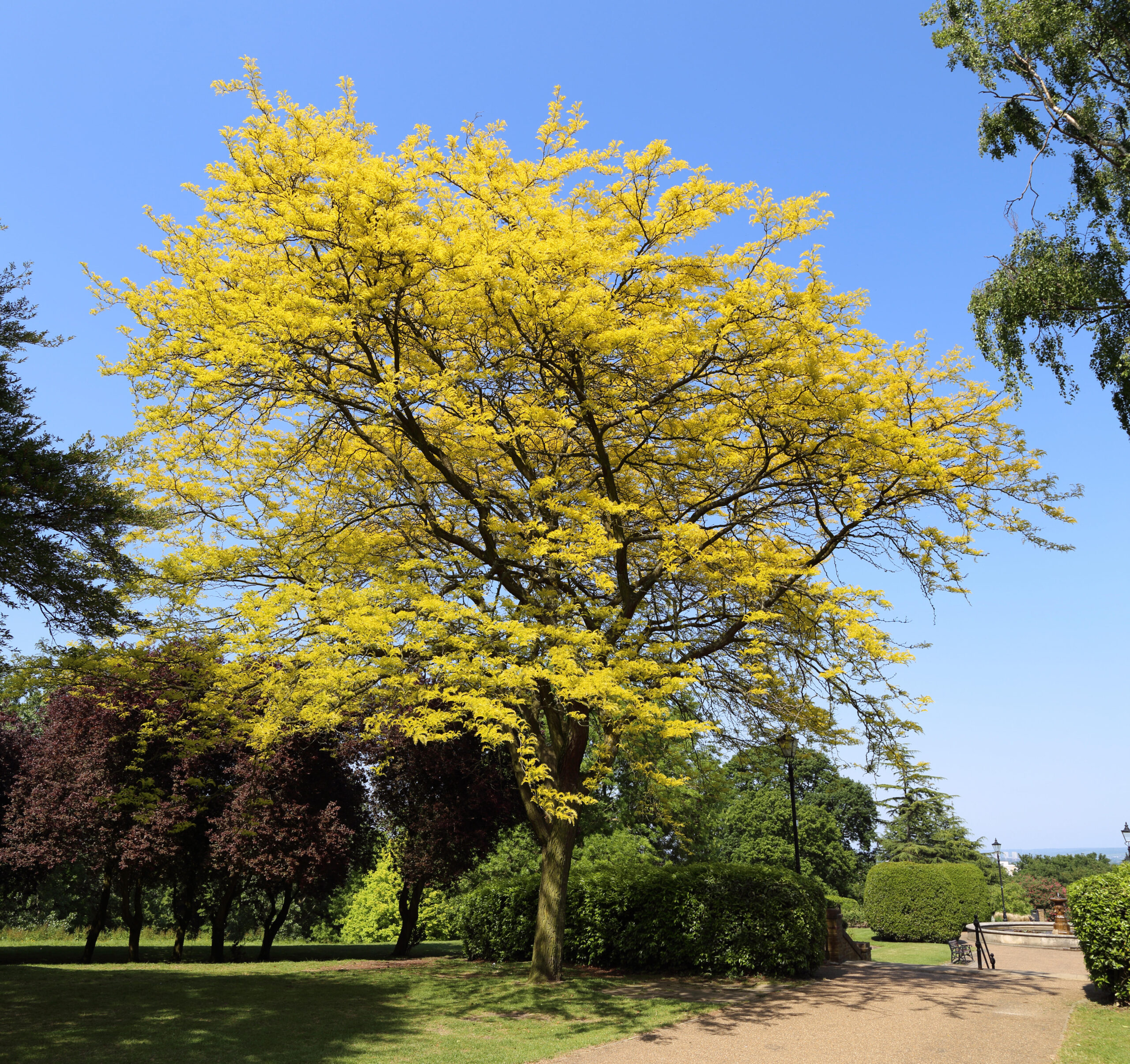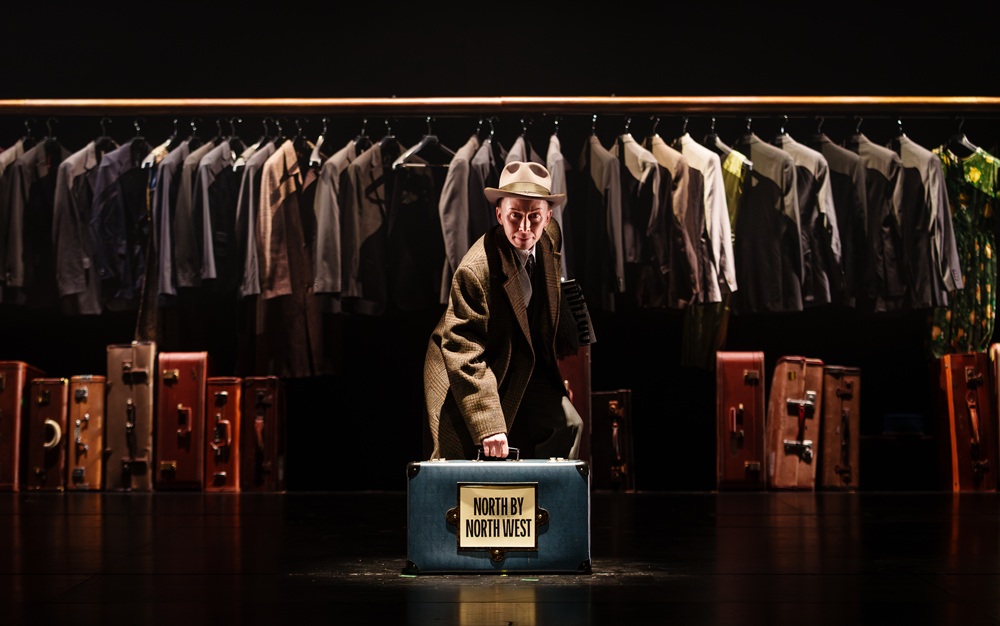Alexandra Palace’s new Creativity Pavilion was formally opened in February. We caught up with Laura Bradley and Daniel Burt from architects Feilden Clegg Bradley Studios about the design and delivery of our newest venue:
Can you give us a little bit of background into the thinking behind the design?
We knew the Pavilion had to work in two simple ways – as a private space for closed workshops and private events, and as an open alcove off the East Court.
There was a utilitarian brief too. We needed to provide the flexibility to accommodate many uses in a small space without making it too distinct from the main East Court space. The creative elements of the design came quite quickly. We liked the idea of the pavilion being a glowing box, illuminating the space, like a lantern of ideas illuminating a part of the East Court.
FCBS were project architects on the East Wing – were there design elements/learnings from that project that fed into this one?
In our minds the Creativity Pavilion was always part of the wider East Wing project. Perhaps one contrast was that, unlike the theatre, there was nothing to restore. If we built something from scratch we wanted it to feel new, rather than try and imitate something old. We used a similar palette of materials to the one we used for the new interventions in the theatre, such as the black timber and metal work and incorporated them into Pavilion, so that there is continuity across the whole East Wing. As with the theatre, much of the work we have done is on the technical side, making sure that the space is suitable for every possible event that the Palace could wish to deliver.
How did you ensure the design was aligned with the range of activities that the Creative Learning team are responsible for delivering?
This was a challenge! We had to do a lot of testing, really simple stuff like how many people you can fit in the space in all the different possible configurations. In the end we ended up planning a day-to-day schedule of Creative Learning activities and we worked through each activity to make sure they worked. This element of the project was very collaborative working closely with the Palaces’ Creative Learning and Events teams.
What was the biggest challenge you encountered?
Ideas are the easy bit; it’s making it reality whilst holding on to the character of the concept design that is always the challenge. It’s striking how similar the finished pavilion is to the original design sketches we produced three years ago. It’s rare that it happens like that.
What is your favourite part of the finished space?
We wanted the Creativity Pavilion to have a theatrical element, to reflect the history of Ally Pally and the theatre. I’m really pleased with the motorised curtains we installed. They are very performative, working via remote control to control the light levels in the space. As quite a simple intervention, they have a huge impact on the look, sound and feel of the space. We wanted to embrace the ‘over-the-topness’ and fun of Alexandra Palace too whilst leaving a blank enough canvas to host exhibitions, performances and events. It’s great now to see the Creativity Pavilion being used, people interacting with, enjoying it and bringing a real buzz of activity into the People’s Palace.





